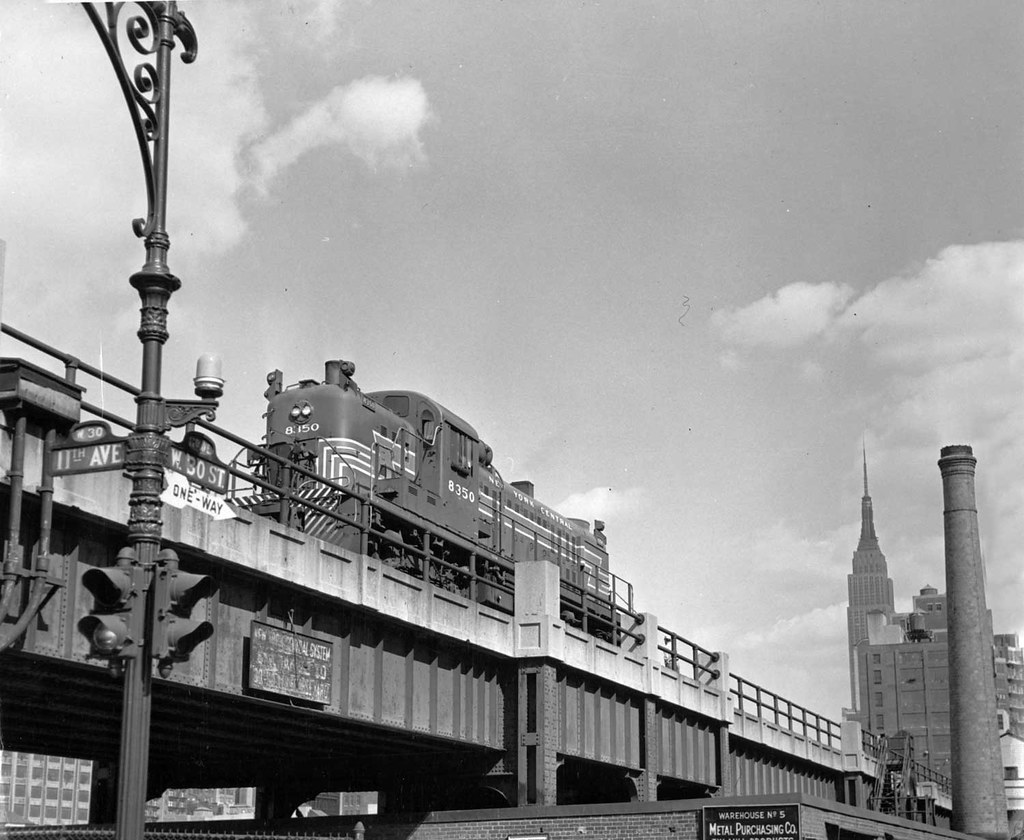Media gave a lot of play this week to a smart PR piece: the
centennial, give or take a decade, of air conditioning. Hot, hot, hot!
100 years ago, electricity was still a new thing, whose uses were barely established:
-- Make things light
-- Make things move
Uses soon added:
-- Make things hot
-- Make things cold
-- Make sounds
-- Send messages
-- Make moving images
And then came now, when you can hold all the media ever made in a sandwich of metal and glass.
In
Buffalo, New York,
on July 17, 1902, in response to a quality problem experienced at the
Sackett-Wilhelms Lithographing & Publishing Company of
Brooklyn,
Willis Carrier submitted drawings for what became recognized as the
world's first modern air conditioning system. The 1902 installation
marked the birth of air conditioning because of the addition of humidity
control, which led to the recognition by authorities in the field that
air conditioning must perform four basic functions:
1.) control temperature;
2.) control humidity;
3.) control air circulation and ventilation;
4.) cleanse the air.
On December 3, 1911, Carrier presented the most significant and
epochal document ever prepared on air conditioning – his "Rational
Psychrometric Formulae" – at the annual meeting of the
American Society of Mechanical Engineers.
It became known as the "Magna Carta of Psychrometrics." This document
tied together the concepts of relative humidity, absolute humidity, and
dew-point temperature, thus making it possible to design
air-conditioning systems to precisely fit the requirements at hand.







